Jhansi’s Iconic Road Project transforms bustling streets into vibrant pedestrian zones, enhancing urban life with innovative design and community engagement.
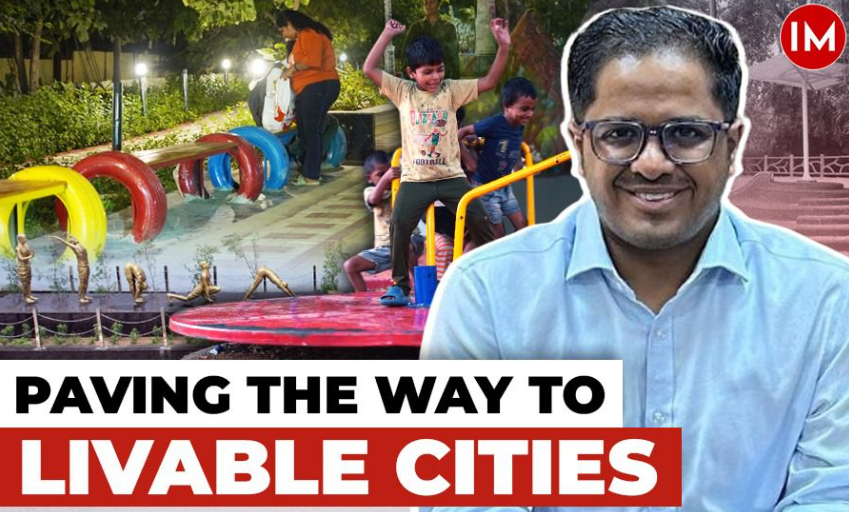
The historic city of Jhansi has embarked on a groundbreaking journey of urban transformation, redefining the essence of modern city living. At the center of this metamorphosis is the Iconic Road Project, a pioneering initiative that aims to elevate the quality of life for its residents, creating a model of urban development that other cities can aspire to.
Speaking with Indian Masterminds, IAS officer Pulkit Garg, the officer behind this project, and the then Municipal Commissioner of Jhansi shared about the project in detail.

A Vision for Livability
The Iconic Road Project was conceived with a clear and ambitious vision: to enhance the livability of Jhansi. This vision transcended the conventional metrics of urban development, which often prioritize the expanse of road networks or the height of buildings. Instead, the focus was on creating a city where residents enjoy a high quality of life, characterized by clean air, safe neighborhoods, and well-maintained public spaces.
“We believe that a city’s true essence is reflected in the daily experiences of its people,” explains Pulkit Garg, a 2016 batch IAS officer who is now posted as Vice Chairman, Varanasi Development Authority. “Good living environments, clean roads, accessible footpaths, and safe, friendly neighborhoods are fundamental to a livable city.”
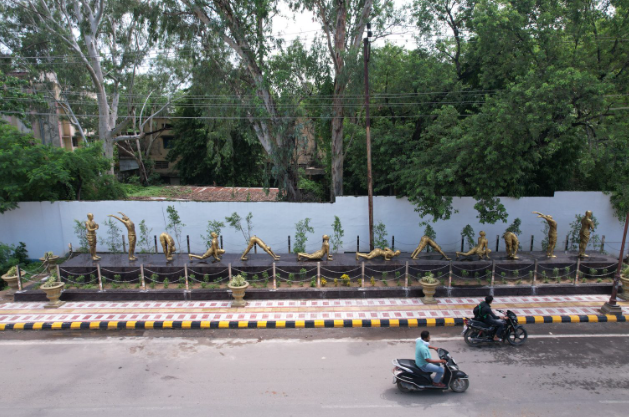
The Birth of the Iconic Road
The project centered on a vital stretch of road connecting Bundelkhand University to the Medical College, a hub frequented by over 10,000 students. This area, which also serves as a main thoroughfare to Kanpur, was previously plagued by encroachments and disorganized street vendors, making pedestrian movement challenging and unsafe.
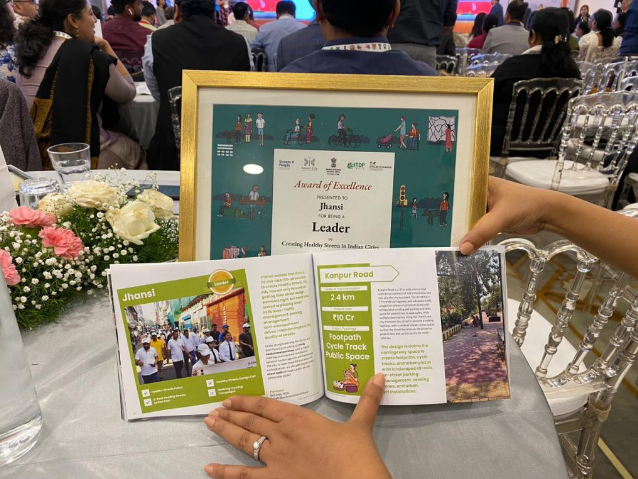
The initiative aimed to transform this bumpy and congested road into a pedestrian-friendly zone, promoting walking over vehicular traffic. By doing so, it sought to reduce congestion, improve air quality, and enhance the overall health of the city’s inhabitants.
Overcoming Challenges
The journey to realize the Iconic Road Project was fraught with challenges. Securing funding was the first hurdle, requiring approval from the municipal council, including the mayor and ward members. Convincing them that this was an essential service rather than a mere beautification project was crucial.
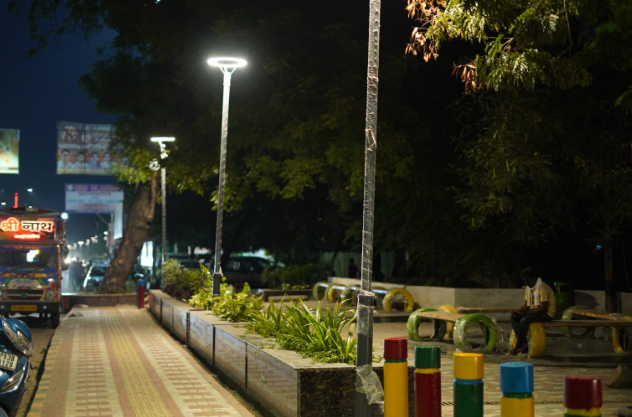
“Beautification often gets compared with other basic services, leading to opposition,” Garg noted. “So, we avoided using the term and instead emphasized the necessity of the project for the city’s future.”
Public resistance also posed a significant challenge, particularly from street vendors and local businesses who feared losing their livelihoods. Through extensive workshops and consultations with civil society members and stakeholders like Bundelkhand University, the project team was able to communicate the long-term benefits and organize the vendors more effectively.
Design Highlights
The design of the streetscape incorporates a 7m wide pedestrian corridor, featuring a dedicated walking track that seamlessly connects various elements like water features, bridges, play equipment, vending areas, and vibrant paving patterns. Well-placed sit-outs and diverse lighting further enhance the aesthetic and functionality of the space, creating an inviting environment for residents and visitors alike.

Multi-faceted Interventions
The city of Jhansi has undertaken multi-faceted interventions to support the Iconic Road Project. These include the implementation of a smart parking management system, a public bike sharing project, the elimination of garbage-vulnerable points, activation of city parks, development of vending zones across the city, and regular anti-encroachment drives. These initiatives complement the project’s goals of enhancing mobility, cleanliness, and overall urban functionality.
Outcome
The project has successfully reclaimed 11,200 sq m of public space for pedestrians, transforming formerly congested areas into vibrant, accessible zones. The Mayor of Jhansi advocates for the expansion of a 32 km walk-cycle infrastructure across the city, underscoring the project’s impact on urban mobility and livability. “Today, citizens enjoy vibrant scenes of strolling along footpaths, taking pleasure in provided seating areas that evoke the ambiance of a street-side park, offering a blend of urban activity and a sense of security.”
The success of the Iconic Road Project in Jhansi has not gone unnoticed. This initiative is the only project from Uttar Pradesh to be featured as a case study in “Streets for People: Pathways of Change,” published by Smart Cities Mission. Ministry of Housing and Urban Affairs, Government of India.
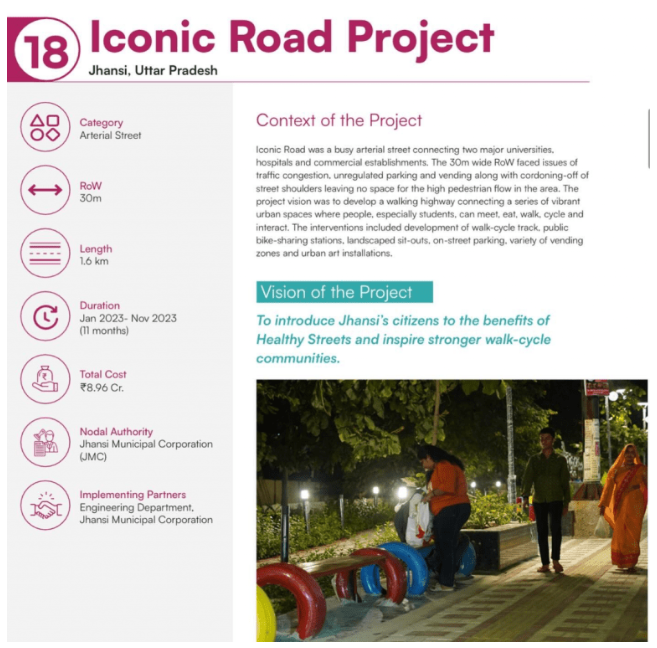
Residents relish the lively atmosphere while comfortably seated on shaded benches nestled among hedges, marking a significant improvement in the city’s urban landscape and community well-being.
As Jhansi continues to evolve, the Iconic Road Project stands as a testament to what can be achieved when a city prioritizes the well-being of its residents. It is a model of modern urban living, setting a new standard for cities across India and beyond.
Article Credit: indianmasterminds